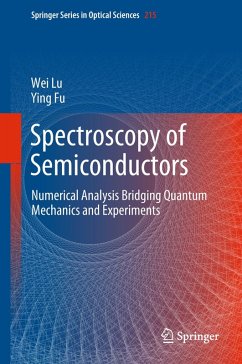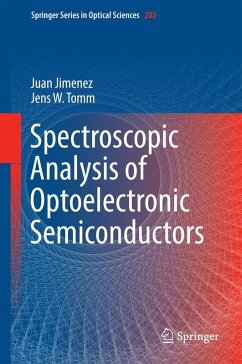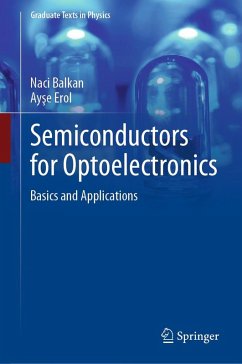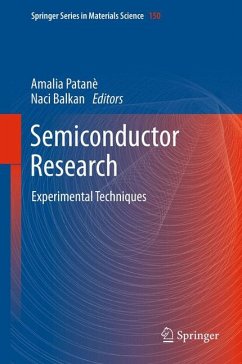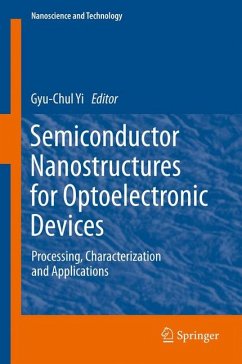
Field-effect Self-mixing Terahertz Detectors (eBook, PDF)
Versandkostenfrei!
Sofort per Download lieferbar
40,95 €
inkl. MwSt.
Weitere Ausgaben:

PAYBACK Punkte
20 °P sammeln!
A comprehensive device model considering both spatial distributions of the terahertz field and the field-effect self-mixing factor has been constructed for the first time in the thesis. The author has found that it is the strongly localized terahertz field induced in a small fraction of the gated electron channel that plays an important role in the high responsivity. An AlGaN/GaN-based high-electron-mobility transistor with a 2-micron-sized gate and integrated dipole antennas has been developed and can offer a noise-equivalent power as low as 40 pW/Hz1/2 at 900 GHz. By further reducing the gat...
A comprehensive device model considering both spatial distributions of the terahertz field and the field-effect self-mixing factor has been constructed for the first time in the thesis. The author has found that it is the strongly localized terahertz field induced in a small fraction of the gated electron channel that plays an important role in the high responsivity. An AlGaN/GaN-based high-electron-mobility transistor with a 2-micron-sized gate and integrated dipole antennas has been developed and can offer a noise-equivalent power as low as 40 pW/Hz1/2 at 900 GHz. By further reducing the gate length down to 0.2 micron, a noise-equivalent power of 6 pW/Hz1/2 has been achieved. This thesis provides detailed experimental techniques anddevice simulation for revealing the self-mixing mechanism including a scanning probe technique for evaluating the effectiveness of terahertz antennas. As such, the thesis could be served as a valuable introduction towards further development of high-sensitivity field-effect terahertz detectors for practical applications.
Dieser Download kann aus rechtlichen Gründen nur mit Rechnungsadresse in A, B, BG, CY, CZ, D, DK, EW, E, FIN, F, GR, HR, H, IRL, I, LT, L, LR, M, NL, PL, P, R, S, SLO, SK ausgeliefert werden.




